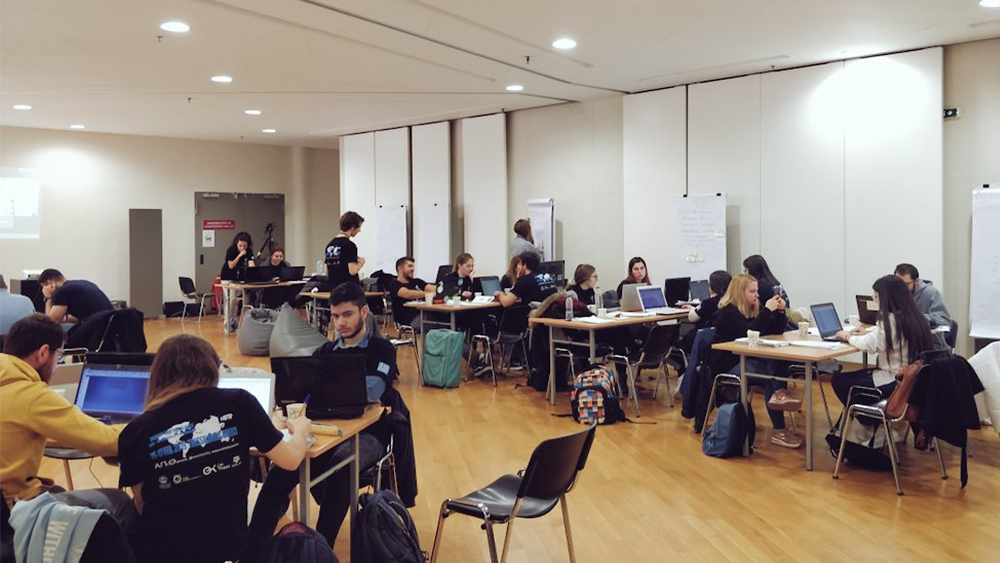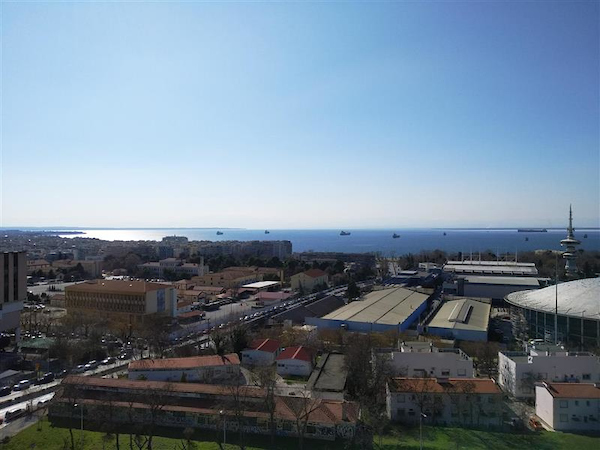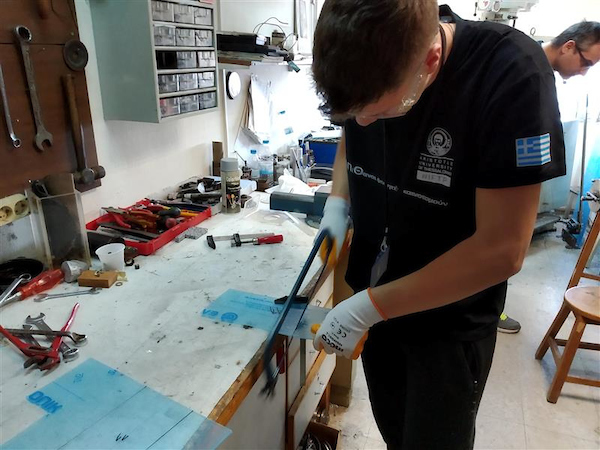
For 48 hours, college students from over 26 universities around the world joined Texas A&M University virtually to tackle some of the most challenging issues facing the planet today. The top five teams from the first round of Invent for the Planet have been selected by a team of external judges and will compete at Texas A&M on April 23 and 24.

Haildom, a team from Aristotle University of Thessaloniki in Greece, designed a two-part system to protect airplane wings from hail damage. Their design uses a C-shaped motorized vehicle with integrated electric motors on each wheel. The vehicle would move over a wing and secure a blanket made of nylon with flexible polymer tubes inside to decrease the impact of hail on the wing. Their design would cover airplane wings much faster than the current industry standard and would use fewer operators, thus reducing the risk of injury to people tasked with covering the wings. Team member Georgiadou Aikaterini, a mechanical engineering construction and material science student, shares his insight on the competition.
Q: What has been the most memorable experience?
A: My most memorable experience was establishing our team name. That happened after we proposed our first solutions, so the name helped the team bond and triggered our excitement for the project.
Q: Did anything surprise you or come out of the experience that was unexpected?
A: I was surprised with our first win in Greece. I personally knew that my team tried really hard, but so did the other teams. When I realized they believed in us and found us innovative that really pumped my heart with joy.

Additional team members include Apostolidis George, Koualiarella Alnto and Theodoridou Theodora. The team said they will never forget the intensity and dedication the 48-hour challenge required and the power of cooperation. A shared interest in aircraft and technical work drew them together to tackle the challenge.
Their next plan of action is to test the impact of hail on the material and create a working model of the C-shaped vehicle, then solve every small technical issue that arises until the design is perfect.